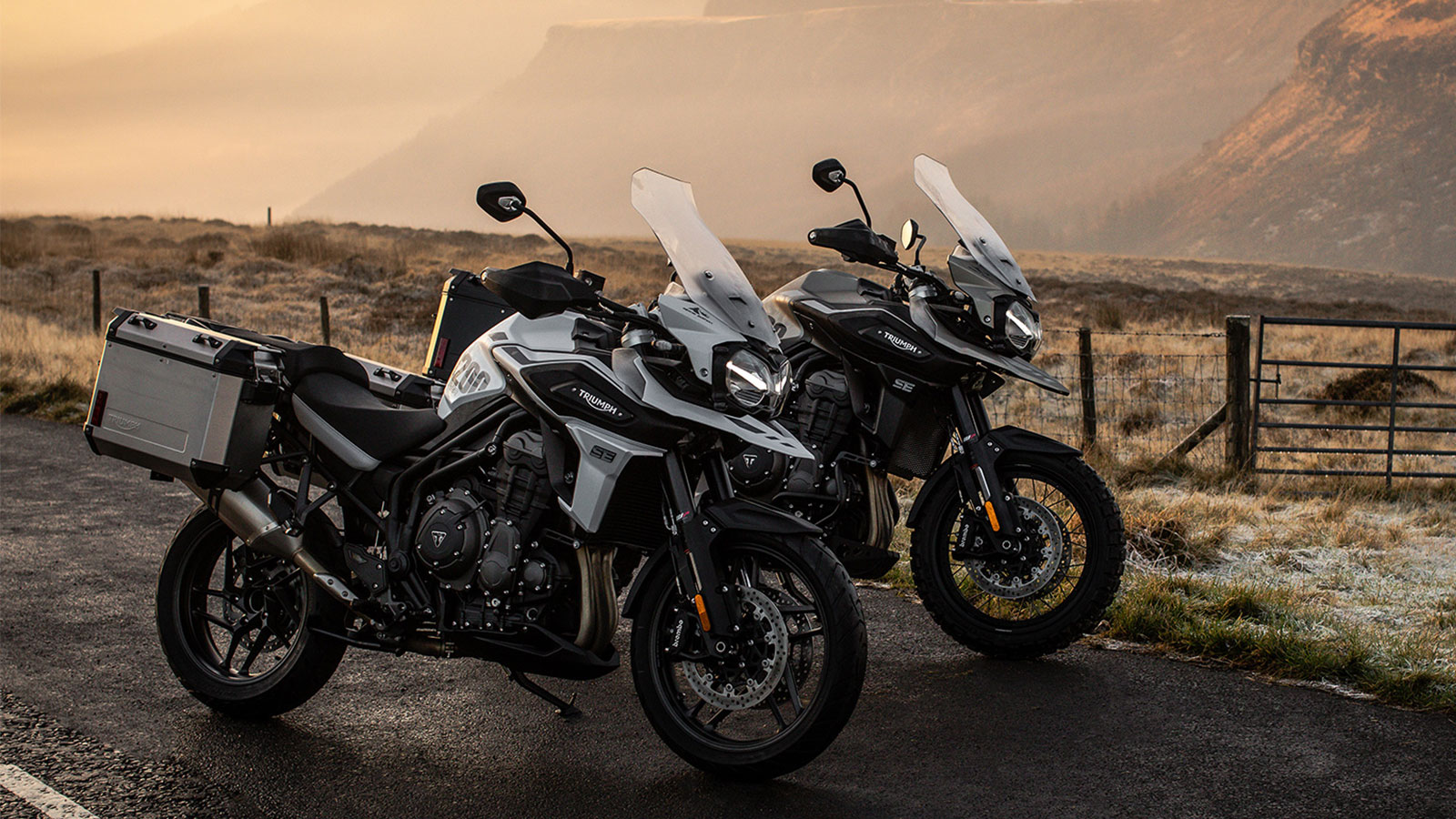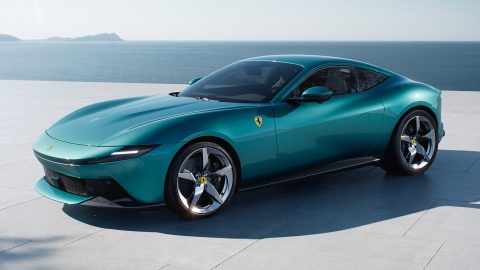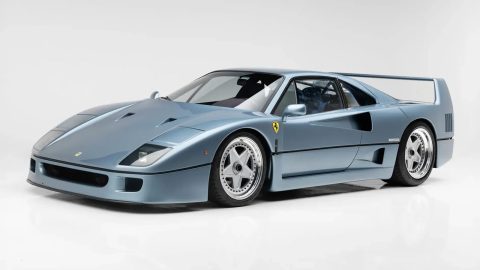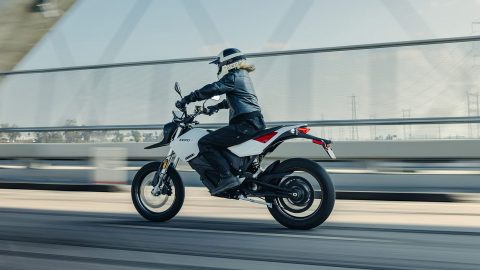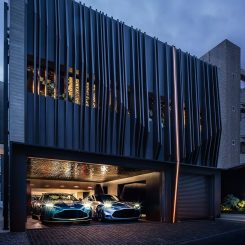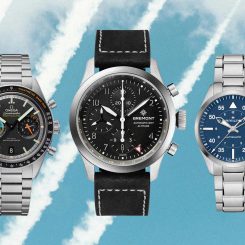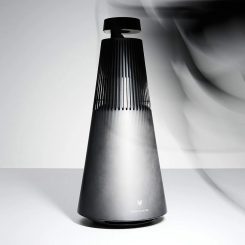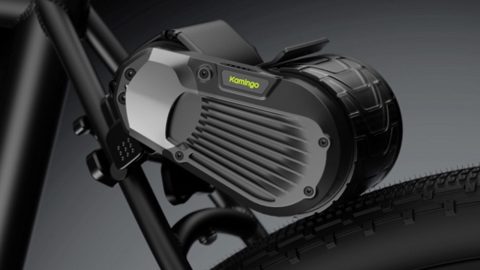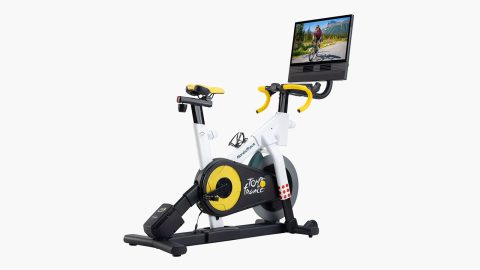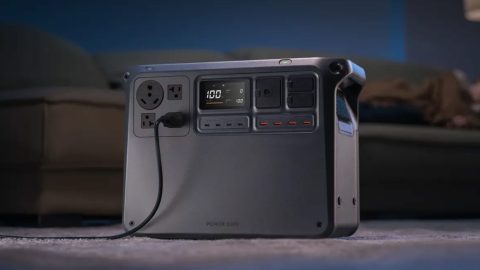Victory and triumph go hand in hand. The push to be the best is nothing new to the brand named for that intense drive to be the best of the best. Triumph is among the world’s leading motorcycle brands. It’s a heritage-driven company rooted deeply in its history. Humble beginnings are often the most impressive ones, and it’s no surprise that Triumph tells a similar tale.
Triumphant Beginnings
Their story begins in 1885, when bicycle company S. Bettman & Co. was founded by Siegried Bettman in England. The name was a bit too personal, however, and the following year Bettman converted it to Triumph Cycle Company. Johann Moritz Schulte joined the partnership shortly thereafter, and at his urging, Bettman decided to focus strictly on manufacturing.
While bicycles were their original forte, the tide shifted dramatically in 1902. Schulte was inspired by the idea of upgrading an existing bicycle with an unexpected component: an engine. The idea bore fruit – the brand released its first motorcycle that year, complete with a Belgian-born engine that powered it to drive faster and harder than expected.
It was a big boon for the company, and within years they were leading the pack in the competitive bike racing field. They churned out thousands of bikes a year, something that was only possible because they developed their own engines. That made it simpler to create an efficient assembly and production line.
The War Effort
Rising to the call of duty was imperative for businesses who were called to produce arsenal during World War I. Triumph, too, joined in this impressive effort, providing the Allied powers with a continuous supply of motorcycles throughout the war.
In 1940, the brand’s own production facility and factory was destroyed during World War II when the Germans conducted an air raid. The demise of the Coventry location didn’t spell the end for the company, however. It rose from the ashes just a couple of years later, when it returned to creating motorcycles at a new factory in Meriden.
The new facility served as an exceptional home for Triumph during some of its most important years. Again, they were called to serve during the wartime effort. This time, they supplied the military with numerous products, including generators, stretchers, and airplane parts, along with some 40,000 motorcycles. Those that survived were evidence of the earliest recycling efforts – many were painted over and merged into the civilian population at the end of the war.
An American Market
By the time the last world war ended, Triumph had emerged a victor of its own kind: a company committed to producing bikes with a sort of steely, unwavering resolve. Many war veterans, now engrossed in civilian life, drew on their years of experience riding the motorcycles during their years at battle. They handled them deftly, and quickly the bikes became something of a phenomenon among casual riders, too.
Before long, interest grew elsewhere in the world, and in 1950 Triumph created a corporation in the United States to serve the growing population of biking enthusiasts across the country. It was the right move for the company, who sold more bikes throughout the States during that period than they did in any other nation.
Pop Culture Boost
What would any major name be without a little plug courtesy of popular culture? Triumph, already a major player in its own right, earned even greater street credibility when Marlon Brando appeared on the big screen in 1953’s The Wild One. It centered exclusively around motorcycle culture, and Brando, as the leader of a local bike club, made a serious statement on his Triumph Thunderbird 6T.
While the attention was certainly impressive, it wasn’t quite so for Triumph executives. They took exception to the movie’s subject matter, which focused on a group of bike-riding gangs who attempted to wreak havoc during a big race. The film was even banned in the United Kingdom! Yet the Triumph name was permanently attached, and Brando quickly became recognized as the major name that helped catapult the brand to legendary status.
There were many other appearances, however, often by leading men and women whose films were popular by virtue of their presence alone. Steve McQueen rode a Triumph TR6 Trophy through The Great Escape, while Clint Eastwood perched atop a Triumph Bonneville in Coogan’s Bluff. Can anyone forget the famous shot of Henry Winkler playing the quintessentially cool Fonzie on his Triumph Trophy TR5 in Happy Days? What about Angelina Jolie negotiating traffic in Salt on a Triumph Street Triple R? The likes of Brad Pitt, Richard Gere, and Chris Pratt have all been associated with these legendary bikes in one way or another.
Need for Speed
What sets any motorcycle apart from its counterparts? It’s more than just good looks – although a pretty face doesn’t hurt. It’s all, ultimately, in the build: the clean lines, the sturdy components, and the reliable end result that form a hardy, durable, and enduring bike that’s built with performance and stability in mind.
Naturally, Triumph has triumphed in that regard countless times over the years. In the early days, enthusiasts scrambled to get their hands on the brand’s 250cc, 350cc, and 500cc models. Today, that level of enthusiasm is no different – although the models have changed considerably over the years.
Triumph employs two distinctive types of engines. The first is the parallel twin, in both 900cc and 1200cc displacements. They’re built into the company’s collection of classic bikes, like the Scrambler and the Speedmaster. The other is the triple cylinder, in 765cc, 800cc, and 1200cc displacements. Triumph adds these only to their sportier models, including the Speed Triple, Street Triple, and Tiger series of adventure bikes.
The Top Contenders
Among the most popular mid-weight motorcycles available is the Triumph Street Triple. With its 765cc engine, it offers the comfort of a relatively easy ride with the horsepower of something a little stronger than the average. Whether you’re riding to the office or using it as your weekend companion, you can expect plenty of easy adventure on this beauty. For something a little more powerful, the Street Triple makes an effortless alternative with its more powerful engine.
Where the classics are concerned, almost no one designs them better. One that earns consistent accolades is the Bonneville T100, which was modeled after the original Triumph T100 of the late 1950s. It’s a sleek, beautifully designed bike with the type of clean lines that make it a more timeless and versatile choice for the everyday rider. Perfect for everything from commutes to off-duty play, it’s a crowd-pleasing choice built to last. The Bonneville T120 offers a bit more horsepower for those expecting a little extra leverage – not to mention a decidedly more vintage appearance.
No mention of Triumph would be complete without a nod to its lineup of café racers. The Thruxton is among the most celebrated. It’s a true racer’s bike – the type of iconic ride that earned its stripes at the Isle of Man TT and the Thruxton 500. The brand introduced its Thruxton RS as a nod to its rich history and its appreciation for contemporary style. It combines all of the attractive hallmarks of the older design, yet features modern upgrades. The result: a bike with a 1200cc engine, clean lines, and world-class handling.
For those who aren’t quite so concerned with racing but want a quality off-road or highway bike, try the Triumph Scrambler 1200. It boasts all of the hallmarks of a tried-and-true classic, with a 1200cc engine, GoPro and Bluetooth integration, and direction capabilities. It’s the type of hyper modern option perfect for riders who appreciate traditional style but value the many adjustments that innovation can bring.
In the world of cruisers, nothing stands taller than the Triumph Speedmaster. Featuring a 1200cc engine, it exudes a sense of sleek and timeless sophistication. Clean lines bring the drama, while a classic colorway and plenty of accessory options lend it a personalized quality that allows you to make it your own.
Another option perfect for your next road trip is the Bonneville Bobber. Minus many of the standard bells and whistles, it behaves more like your favorite customized companion, what with its classic appeal and contemporary updates. A 1200cc engine keeps you going no matter what the day brings, while bright lights and hyper-vigilant traction control help you stay safe in all conditions.
If you’re all about indulging your adventurous side, then you need to delve into the world of the Triumph Tiger series. These performance-driven bikes are wildly designed, with bold colorways and sharp angles that lend them a certain aggressive appearance. Powerful engines are coupled with colorful displays and all of the mechanical elements you need to stay safe when you’re going hard on the road – think Triumph Shift Assist for swift, clutch-free gear changes, multiple riding capabilities, cruise control, and heated grips to keep your hands warm.
Prime Partnerships
It should come as no surprise that any number of brands would love to be associated with Triumph. A lucky few have made the cut and partnered with the brand to develop products that Triumph devotees will appreciate on and off the bike. One such partnership is that with GORE-TEX®. Perfect for adventure riders, pieces like the Malvern Jacket keeps the wearer comfortable and dry in even the harshest of conditions.
Another noteworthy collaboration is the one that Triumph has developed with fashion brand Barbour International. The Triumph Quilted Barbour Jacket blends the style of Barbour and the performance and technical properties you expect from Triumph.
Forging Ahead
Triumph continues to dominate the motorcycle world. Its vast range alone sets it apart from the rest, but it also happens to enjoy another significant accolade: it’s the only manufacturer of vehicles in the world that’s completely run by the English. Beyond that, it’s the oldest motorcycle production house in the world. Thanks to its iconic lineup, it shows no signs of waning.

